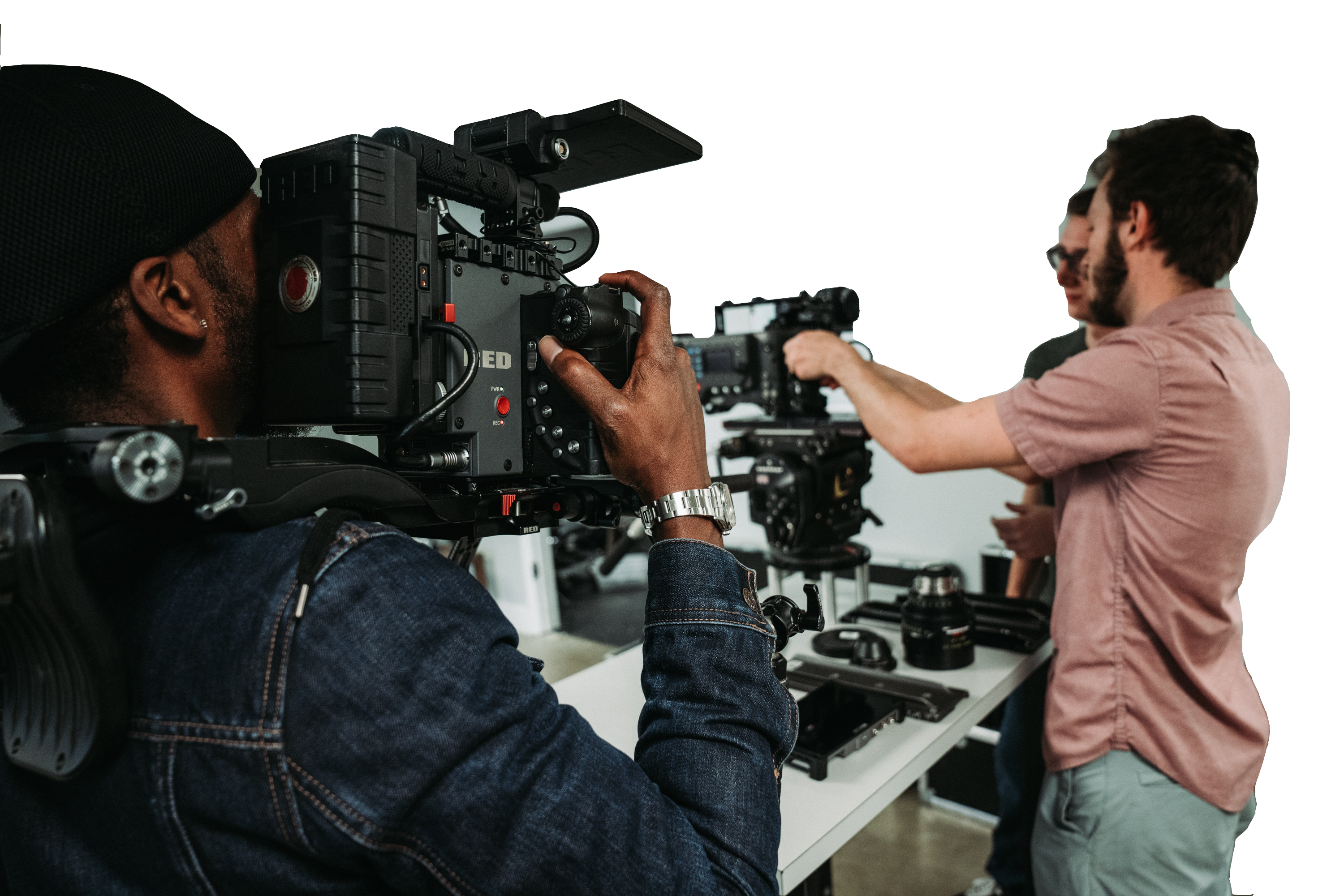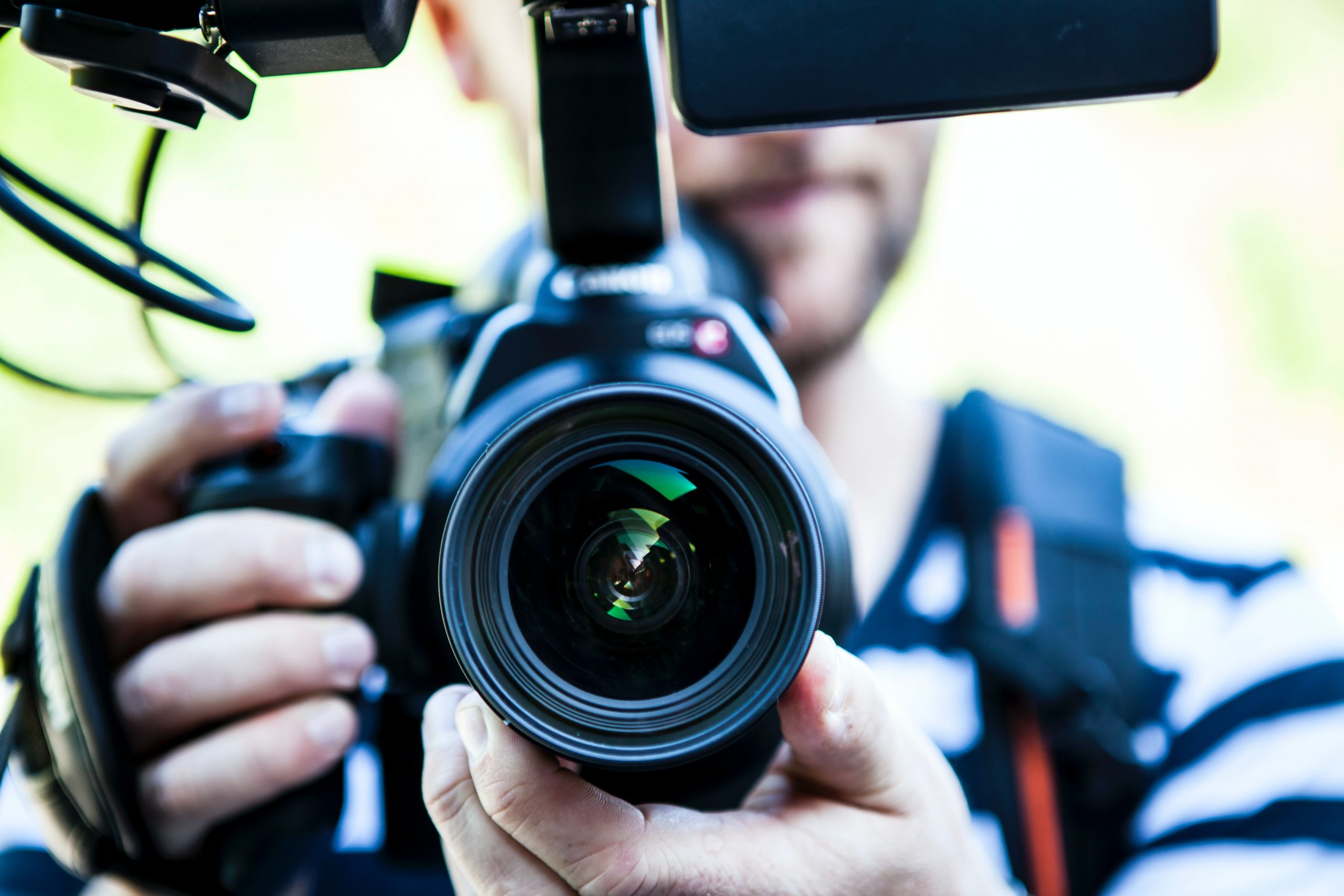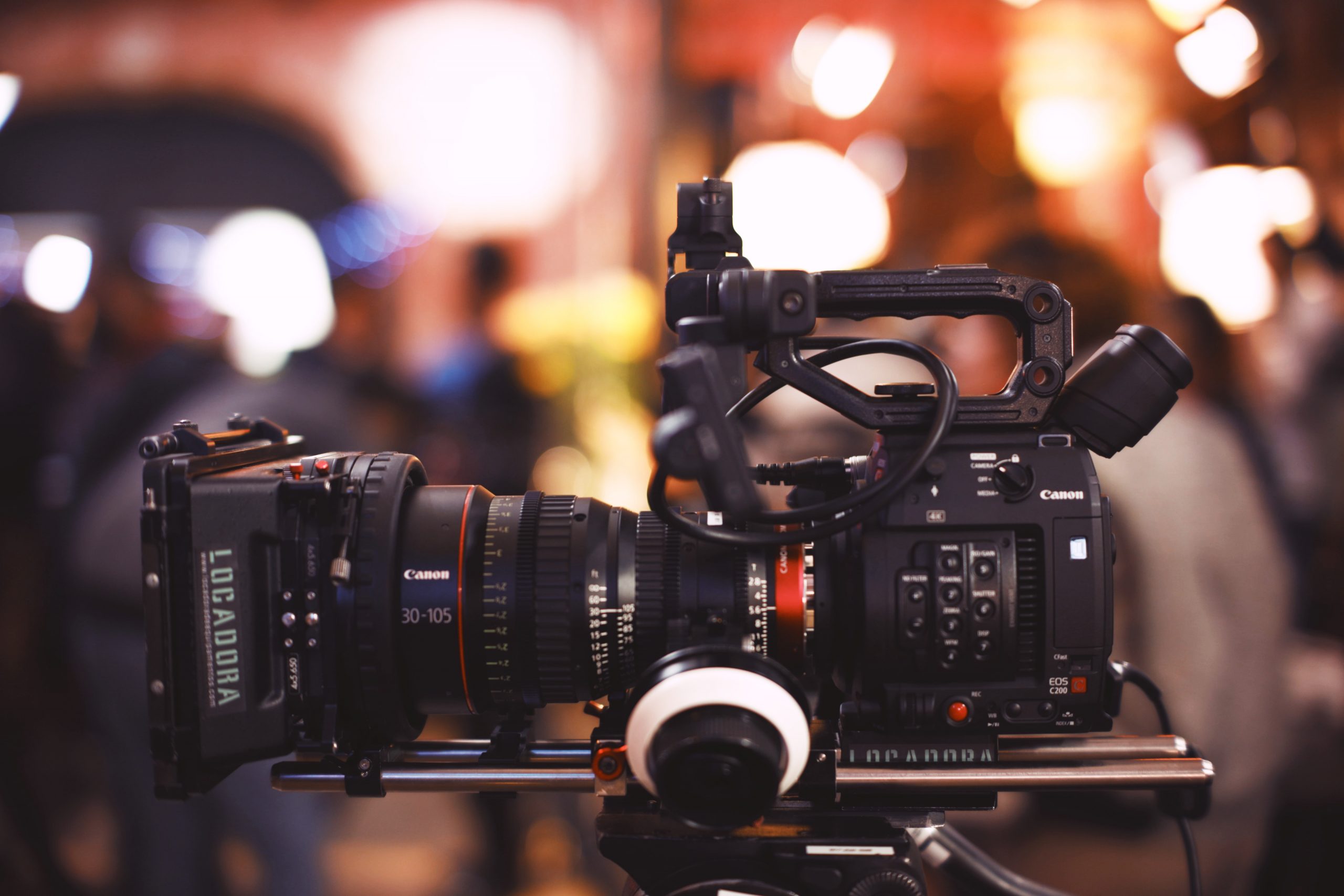Behind the Scenes: A Day in the Life of a Freelance Videographer in Minnesota
As a freelance videographer in Minnesota, my days are filled with a mix of excitement, creativity, and a fair amount of stress. In this blog post, I’ll take you on a journey through my typical day, from waking up early to prepare for a shoot, to setting up equipment, filming footage, and editing the final product.
Morning Routine
My day usually starts around 6 am, when I wake up and get ready for the day ahead. After a quick breakfast, I start preparing my gear for the day’s shoot. This includes checking my camera, making sure my batteries are fully charged, and packing any additional equipment I might need, like lighting or microphones. Once I’m ready to go, I set out for the location of the shoot.
On-Site Filming
Once I arrive at the shoot location, I start scouting out the best spots for filming. This involves looking for natural lighting, interesting backdrops, and other visual elements that will make the footage look its best. Once I’ve identified the key spots, I start setting up my gear and getting ready to film.
During the shoot, I work closely with any talent or subjects that are part of the video. This might involve directing them on where to stand, how to move, or what to say. It’s important to make sure everyone is comfortable and relaxed, so that the footage looks natural and authentic.
Lunch Break
After a few hours of filming, it’s time for a lunch break. This is a chance to take a breather, grab a quick bite to eat, and recharge for the rest of the day. It’s also a great opportunity to network with clients or colleagues, and get to know them on a more personal level.
Post-Production
After the shoot, it’s time to transfer the footage to my computer and start editing. This involves going through all the footage and selecting the best takes, as well as adding any necessary effects or music. It’s a time-consuming process, but it’s also one of the most rewarding parts of the job, as I get to see the project come together in a cohesive way.
Marketing and Business Development
Once the project is complete, it’s time to start marketing myself and my services. This involves reaching out to potential clients, networking with industry professionals, and building a strong portfolio of work that showcases my skills and expertise. It’s a never-ending process, but it’s also essential for building a successful freelance career.
Conclusion
As you can see, being a freelance videographer in Minnesota involves a lot of hard work, dedication, and creativity. But it’s also an incredibly rewarding career, filled with opportunities to learn and grow as a professional. For anyone interested in pursuing this path, my advice would be to stay focused, stay motivated, and never stop learning.


Freelance Videographer
Owner / Operators with gear
Interviews, testimonials, remote camera crew
Small 1-4 person crews
Fast paced, multi-talented, jack-of-all trades to get fast projects done with minimal expenses
More Details
Videographers focus on smaller productions like documentaries, live events, short films, legal depositions, weddings, birthday parties, sports events, commercials, and training videos.
For smaller productions, a videographer often works alone with a single-camera setup or with a small team of light technicians and sound technicians.
How much should you pay for your videographer? It really depends on what you’re looking for – but expect to pay between $700/day on the low end to $2500/day on the higher end + rental costs for the gear you’re wanting.
What does rental cost?
LensProToGo and BorrowLenses are great online rental places to get an idea for the gear rental costs may be. Expect $200-500/day for gear depending on whether you only need the basic DSLR or a Red – plus lenses, tripod or gimbal – lights (or 3, 4, 5?) – laptop to transfer footage – etc… All those pieces of gear add up to your “kit fee”. Don’t worry – most videographers include a basic kit that’s actually much less than renting all of the pieces in the kit individually – and you don’t have to actually rent it – they bring it all and manage it all.

Freelance Director of Photography (DP)
Experienced and Professional
TV Commercials, Corporate Video Production, Web Streaming Series, Feature Films
Medium to large crews: 2-9 people
High stakes projects, they have their own style of work, ample previous sample work, and they ensure a consistent "look" in the end video.
More Details
A DP is responsible for capturing their style, look, or feeling into the video project. They are often hired because of their unique approach to visual storytelling and filming – and the company hiring them want to ensure the quality of their video lives up to a higher standard of work than merely hiring a freelance videographer. This is not a knock against a freelance videographer – they just have different skillsets.
They are experts in their field.
A DP focuses on achieving a specific look – and the specific lighting and movement it takes to achieve said look. They typically spend years (or decades) training to develop their style and they often work with camera operators, 1st AC, 2nd AC, grip and gaffers to light the scenes the way they need to achieve those looks. That’s why they are often used more-so on larger productions. Smaller video production projects with smaller crews often don’t have a budget for just a DP.
Some DP’s will also operate a camera if budget is tight – so you can have a DP / Director / Shooter – but they will almost certainly require at a minimum of a dedicated assistant or 1st AC to help with the technical side of their technical duties with high end cinema cameras.

Freelance Director (or Producer)
Support when you need it
Talent or Client Interface, Shoot Organizer
Small to Large Projects Alike. Large projects may have multiple of these roles
These are the people that bring everything together and keep everything moving smoothly
More Details
Depending on a director’s goals, a good film director has a function that helps push that goal into reality. For example, a director might work exclusively with actors whereas a producer helps coordinate the entire project.
On smaller projects, a director may be directing everything going on that day.
In most cases, a good director will always prep the client (on corporate video projects) and prep the talent. They’ll review the plans, the goals for the shoot, the script or potentially questions (if doing a testimonial, interview, or talking head).
They will run through the plan for the shoot – the flow of things – including alternative plans if things don’t go as planned.
This verbal runthrough is like a dressrehearsal or test to ensure everyone feels comfortable on-set.
Even small corporate talking-head type projects or customer testimonials will still appreciate a director who walks the talent through a little rehearsal to remind them of how things will go.
In the beginning – a director can be brought in to help plan a project and can suggest a good DP (director of photography) or crew they’ve worked with.
A good director will see your project all the way through to the end – and even when sideballs come flying – they’ll calmly make sure the talent, client, and everyone involved get what they need.
How do you find a great videographer?
The best freelance videographer is the one who not only understands how to tell a story, but also how to tell a story visually.
Top Quality Talent
We hand pick and interview every camera crew that we recommend on this platform. Only a small percentage make it on Freelance Videographer .net
Creative Camera Crews
Whether you need just a freelance videographer or a full camera crew – we’ve got the talent to bring your project to life
24/7 Crews
We’ve got crews ready to cover your stories at all times of the day.
Nationwide - USA & Canada
Whether your project is in Alaska or Atlanta, Nova Scotia or British Columbia, we’ve got someone. Many of our partners are not listed, message us.